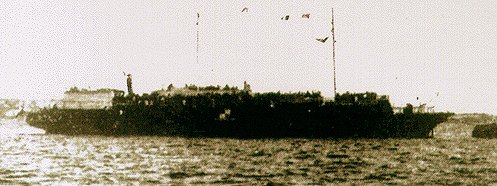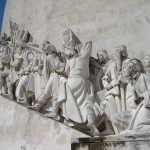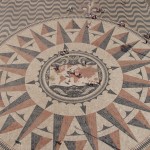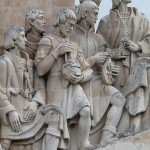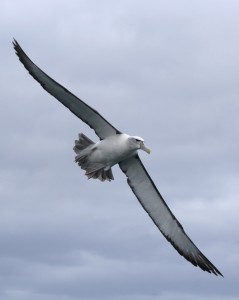Archive for October, 2010

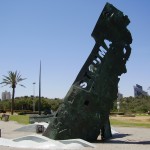 The waters of the world contain the bodies of countless refugees. Quite often these seem to be the saddest of the stories of those lost at sea. Hopeless situations throughout history have led refugees to flee their homelands, only to find death instead of a rebirth.
The waters of the world contain the bodies of countless refugees. Quite often these seem to be the saddest of the stories of those lost at sea. Hopeless situations throughout history have led refugees to flee their homelands, only to find death instead of a rebirth.
The SS Struma was a ship chartered to carry Jewish refugees from Axis-allied Romania to British-controlled Palestine during World War II. The Struma voyage was one of several attempts by Zionist organizations to create a workable escape route for Jews from Eastern Europe – first to neutral Turkey via the Black Sea, then from Turkey to Palestine via land or sea.
The Jewish refugees on the Struma were mostly wealthy Romanian Jews who could afford the high price of their escape. What they found when they boarded the ship in Constanza, Romania in December 1941 was basically a derelict – a 180-ton two-masted vessel that had once been used to haul cattle on the Danube. There were approximately 770 people crowded into a space that could hold perhaps 100. There was one bathroom. The ship had wooden platforms built on the deck to allow more people to be transported. After three days at sea the engines failed and the vessel was towed into Istanbul. That’s when the real nightmare began.
For the next 71 days the ship lay at anchor, the refugees not allowed to leave. Food and water were provided by Jewish relief organizations. During this time secret negotiations were conducted between the Turks and British on the fate of the passengers. The British would not give the refugees entry papers into Palestine – fearing more violence in the Middle East if they did not restrict massive Jewish immigration. The Turks were neutral in the war at this time, and were a trading partner of Nazi Germany. They did not desire to become the conduit for Jewish refugees fleeing the Nazis.
On February 23, 1942 the Turks apparently believed that an impasse with Britain had been reached. They decided to rid themselves of the situation completely. Turkish authorities boarded the disabled ship and towed it through the Bosphorus strait to a site ten miles away in the Black Sea. The Turkish authorities then abandoned the ship with over 760 refugees and crew aboard. Without power for propulsion or food or water – the Struma, her crew, and over 750 refugees drifted on the Black Sea. On the morning of February 24, 1942 the Soviet submarine SC-213 torpedoed the Struma. The vessel sank almost immediately – at least 768 people died, including over 100 children. The Soviet submarine was under orders to sink any unidentified vessel to keep war materials from reaching Germany. Only one man survived the sinking of the Struma – a 19-year-old man named David Stoliar. Type Mr. Stoliar’s name into a search engine. The leading results will take you to video and audio histories he has recorded concerning his experience on Struma and his life after the incident. They are fascinating and horrifying. He presently lives in Oregon.
The two monuments shown above are found in Holon, Israel and Ashdod, Israel. I’ll cover an Israeli monument to another ill-fated refugee ship in a later post.
War always results in tragedy, but this is one that is difficult to comprehend and accept. Political considerations guided the ill-fated decisions of the British, the Turks, and the Soviets. But like many decisions guided solely by political considerations, basic humanity is somehow lost in the equation. What all too often results when politics trump basic human morality is the deaths of the most innocent…
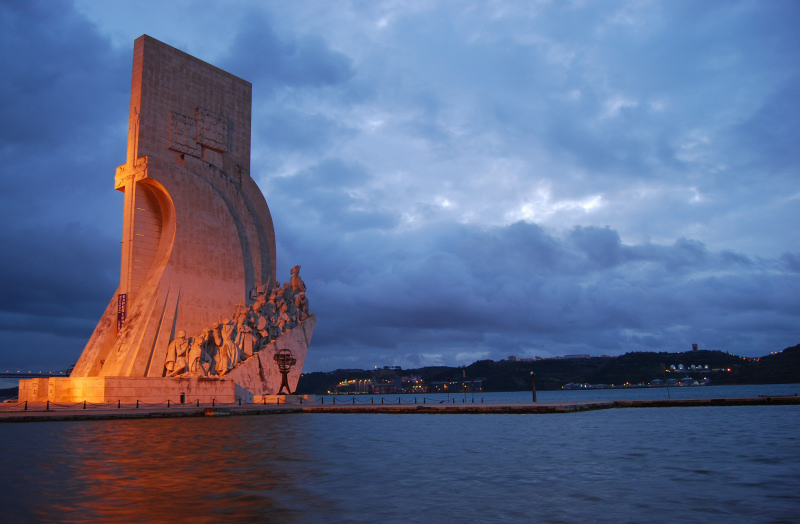
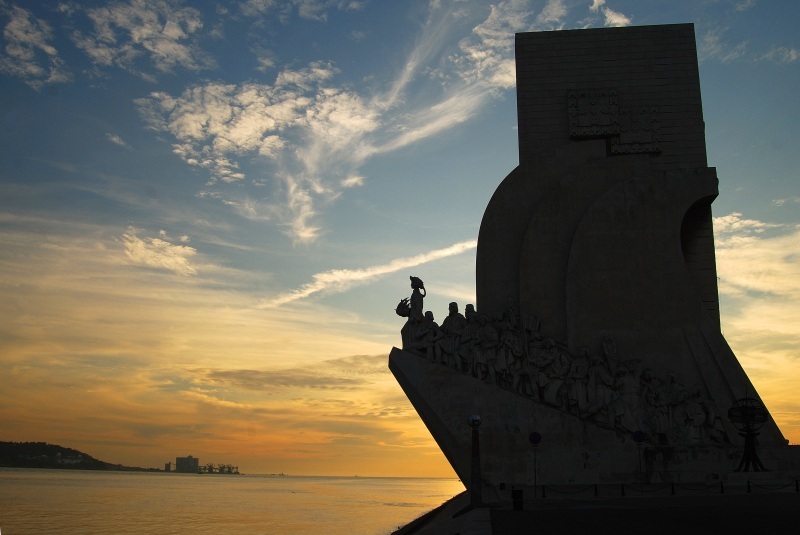 First, the most important part of this post. The two breathtaking photographs shown above are the work of Aires dos Santos. I have spent hours admiring his extraordinary work on the Internet – every subject imaginable – each and every photograph beautiful and memorable. I encourage everyone reading this post to view his work at http://www.trekearth.com/members/AiresSantos/. You will not be disappointed.
First, the most important part of this post. The two breathtaking photographs shown above are the work of Aires dos Santos. I have spent hours admiring his extraordinary work on the Internet – every subject imaginable – each and every photograph beautiful and memorable. I encourage everyone reading this post to view his work at http://www.trekearth.com/members/AiresSantos/. You will not be disappointed.
The Monument to the Discoveries is located on the estuary of the Tagus river in Lisbon, Portugal – the site where countless ships sailed into the unknown during the great Age of Exploration of the 15th and 16th centuries. During these 200 years the Europeans extended their cultures to virtually the entire globe. The Portuguese were second to none in their curiosity and daring. Henry the Navigator, Vasco da Gama, Saint Francis Xavier, Ferdinand Magellan, Pedro Escobar – their names echo through the annals of discovery. Their reach included the Americas, India, Africa, Asia, and the Pacific islands.
The 52-meter high monument is in the shape of the prow of a ship. The bow faces the river – the stern side features a sword reaching the full height of the structure. On the sides of the monument are representations of 33 Portuguese instrumental in the quest for discovery – explorers, scientists, artists, missionaries, and cartographers.
The monument was conceived and executed by artist Cottinelli Telmo and sculptor Leopoldo de Almeida as part of the Portuguese World Fair in 1940. The original materials were perishable, so it was rebuilt in concrete in 1960 to commemorate the 500th anniversary of the death of Henry the Navigator. A stunning mosaic wind rose forms the pavement leading up to the monument. Displayed within the wind rose is a world map with the routes of famous Portuguese explorers. The mosaic was a gift from South Africa in 1960.
Today we have still have explorers – they launch into space and explore the great depths of the oceans – they climb mountains and risk their lives in caves. Despite modern technology and all precautions, some die. We hear about their deaths – we celebrate their courage and mourn their loss. But think about all those lost at sea during the Age of Discovery – those countless souls who sailed from the estuary of the Tagus river in Lisbon, or from England or France or the Netherlands or Spain – not knowing their destination or their fate. Their names and faces are not found on the Internet or in history books. Think of them also when you admire the beauty of the Monument to the Discoveries…
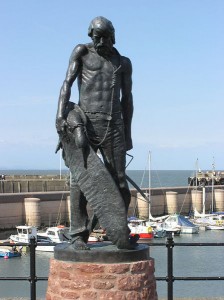
 In the village of Watchet (Somerset, England) is a haunting work of art by the Scottish sculptor Alan B. Herriot. This beautiful piece is a tribute to the English poet Samuel Taylor Coleridge and his ageless tale “The Rime of the Ancient Mariner”. As a metaphor, there is perhaps no more famous allusion than “an albatross around my neck”. Coleridge penned the lines that created this symbolism in 1798 – a testament to the power of poetry.
In the village of Watchet (Somerset, England) is a haunting work of art by the Scottish sculptor Alan B. Herriot. This beautiful piece is a tribute to the English poet Samuel Taylor Coleridge and his ageless tale “The Rime of the Ancient Mariner”. As a metaphor, there is perhaps no more famous allusion than “an albatross around my neck”. Coleridge penned the lines that created this symbolism in 1798 – a testament to the power of poetry.
Great poetry can be enduring, whether accurate to truth or even legend. The albatross, in the actual lore of the sea, is not usually the sign of an encumbrance. It is quite the opposite. An albatross following a ship, to any real sailor, is a sign of good fortune.
I have been fortunate enough to see these magnificent birds in flight. While I have sailed many of the world’s oceans on barques and aircraft carriers, and flown over the world’s oceans in the finest aircraft made by man, I remain humbled by the albatross. They spend years at a time without ever touching land – yet they survive. In flight, they are the definition of perfection of purpose and beauty. No aircraft designed and flown by man will ever possess the purity of this single magnificent bird – with the wings of an angel and a feather touch to the wind.
The lore of the sea actually relates that each sailor who dies at sea will return reincarnate as an albatross. That is the legend that the sailors abide. Who’s to say that it isn’t true?
Please take advantage of the Internet and download a copy of “The Rime of the Ancient Mariner” to your computer. It is a fascinating tale. And please visit the link below to watch and hear Alan Herriot describe the creation of his memorable statue.
